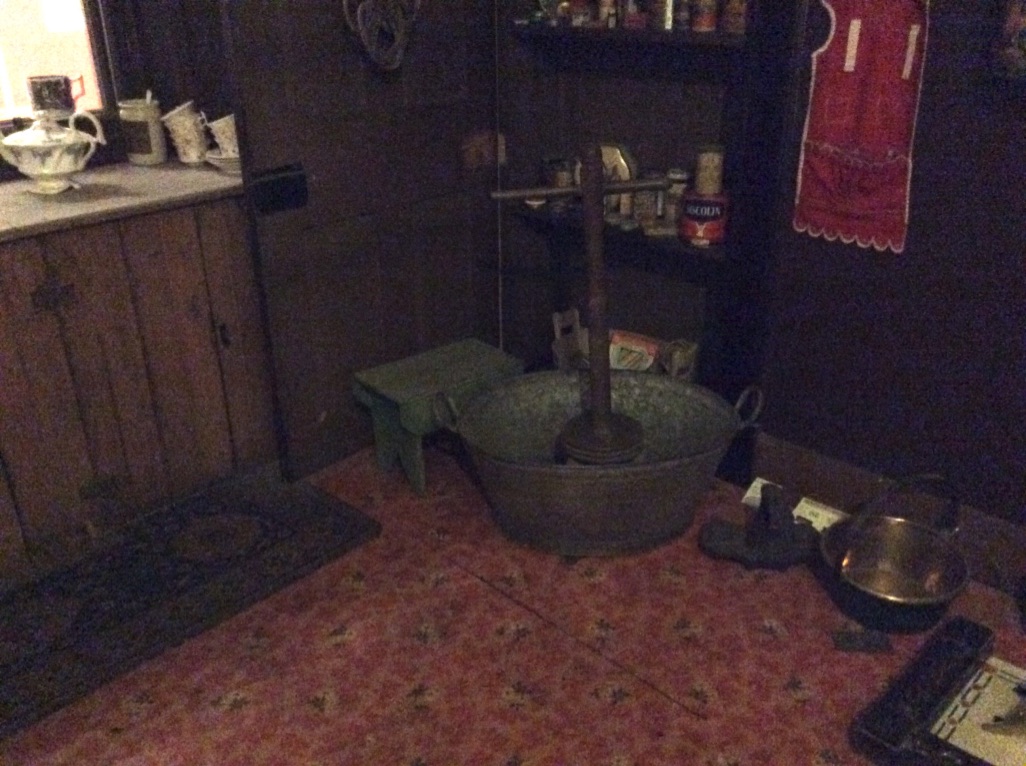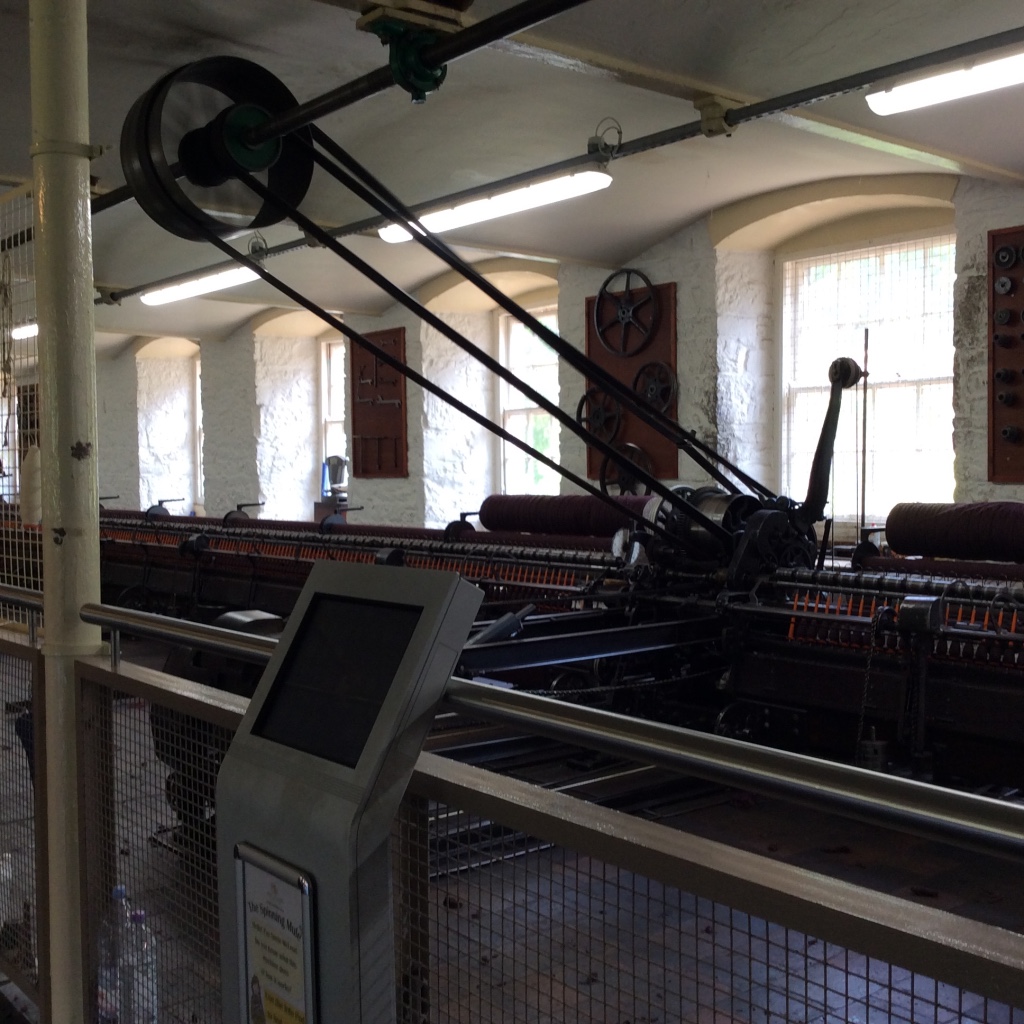My idea for The Factory Girl and the Fey took hold while doing some amateur and clumsy genealogy. As I sought facts about my ancestors, I discovered a mystery: a great-great grandmother who had disappeared from the family lore. I wanted to bring her back to the family, but the holes in the story, the lack of available facts, made it impossible to find the real version of her life. Being a writer, the only thing I could do for her was to make something up. And that required a lot of research.
Two separate visits to the small town of Alva, somewhere about midway between Edinburgh and Glasgow, gave me the layout of the town my ancestors called home. On both occasions, we hiked along Alva Burn, which flows from the Ochils down into Alva and once powered the mills there. Alva Burn turned into a prominent setting in Factory Girl. Knowing nothing about the real Jane, I gave her my love of nature and made it a place for her to go when she needed rejuvenation.
One known fact about Jane is that she gave birth to my great-grandfather out of wedlock. I learned that this was, surprisingly, not uncommon in that time in rural Scotland. However, it “should” have earned her a rebuke from the local kirk under the charge of “antemarital fornication.” On one of my visits, I donned white gloves and held the Alva Kirk Sessions records of that time period in my hands. It was a goosebumpy moment when I realized the handwriting belonged to a couple of my uncles.
Yet there was no rebuke for Jane and her lover, Robert. Why? Was it because the elders were relatives and decided to put it off for some reason? I’ll never know, any more than I know whether Jane and Robert were in love or just had a fling. Everything that happens with their relationship and the kirk is fictionalized, in part to come up with what might have happened, and in part to add dramatic tension to the story.
By the way, since I mentioned a baby, did you know that even in the 19th century, people made baby formula? It was cheaper than a wet nurse and allowed babies to be cared for by others if the mother had to hold a job.
Jane worked as a weaver, and the young women who worked in the mills were referred to as mill lasses or “factory girls.” Ellen Johnston, a weaver and poet of the time, published under the moniker “Factory Girl.” It became important to me to include this term in the title. Part of my research included studying the working conditions of the time and reading about female weavers in Scotland and beyond. Jane’s dream of traveling to Lowell, Massachusetts, is a nod to the once-thriving industry there. Visiting Lowell, I heard the earsplitting noise of a room full of power looms!
The single-end tenement flat of Jane’s parents is modeled on one I viewed in Glasgow. While there, I spoke with a man (also a visitor) who had grown up in such a flat with no electricity! We also visited The Peoples Palace, which had more information on living conditions. When Factory Girl opens, Jane is living in a single end with her parents and two boarders, something that could easily have happened.
Factory Girl addresses many of the issues of the day that continue to be timely such as alcoholism, infertility, and abortion. On the happier side, I also include a handfast ceremony and some relevant wedding and baptism customs.
In another blog post I’ll share more about my dive into folk tales and superstitions that informed The Factory Girl and the Fey.
The Factory Girl and the Fey is currently on NetGalley and will be available until October 14. A Goodreads giveaway is also available through August 31. Two chances to read it for free!


